Ruzhang Zhao
AD-Aligning: Emulating Human-like Generalization for Cognitive Domain Adaptation in Deep Learning
May 15, 2024



Abstract:Domain adaptation is pivotal for enabling deep learning models to generalize across diverse domains, a task complicated by variations in presentation and cognitive nuances. In this paper, we introduce AD-Aligning, a novel approach that combines adversarial training with source-target domain alignment to enhance generalization capabilities. By pretraining with Coral loss and standard loss, AD-Aligning aligns target domain statistics with those of the pretrained encoder, preserving robustness while accommodating domain shifts. Through extensive experiments on diverse datasets and domain shift scenarios, including noise-induced shifts and cognitive domain adaptation tasks, we demonstrate AD-Aligning's superior performance compared to existing methods such as Deep Coral and ADDA. Our findings highlight AD-Aligning's ability to emulate the nuanced cognitive processes inherent in human perception, making it a promising solution for real-world applications requiring adaptable and robust domain adaptation strategies.
Heterogeneous Transfer Learning for Building High-Dimensional Generalized Linear Models with Disparate Datasets
Dec 20, 2023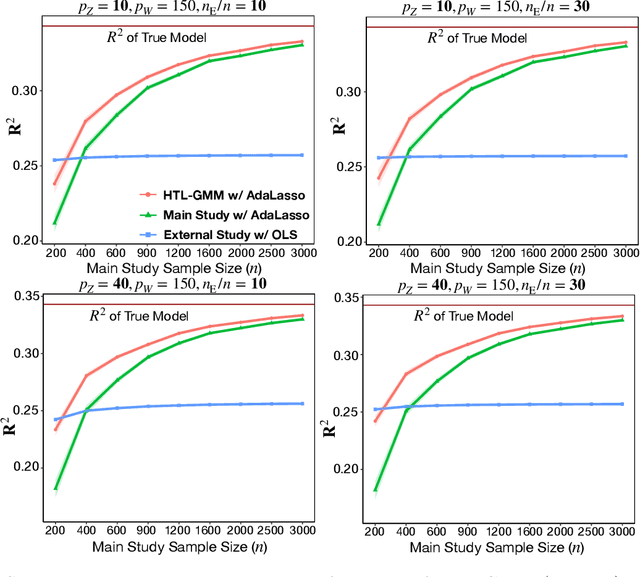

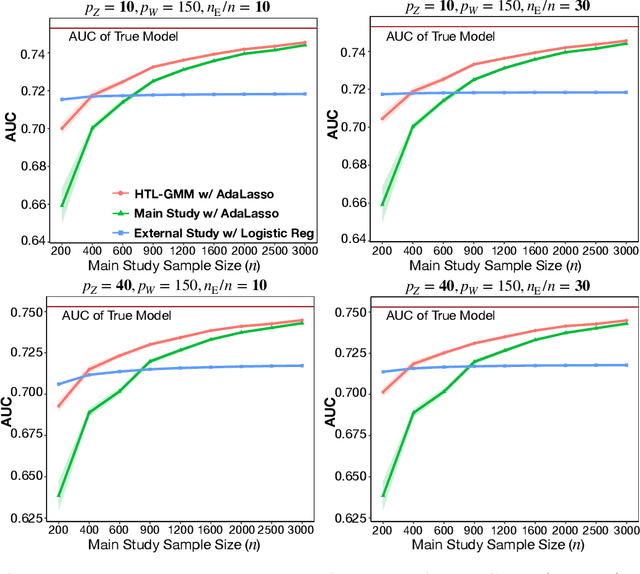
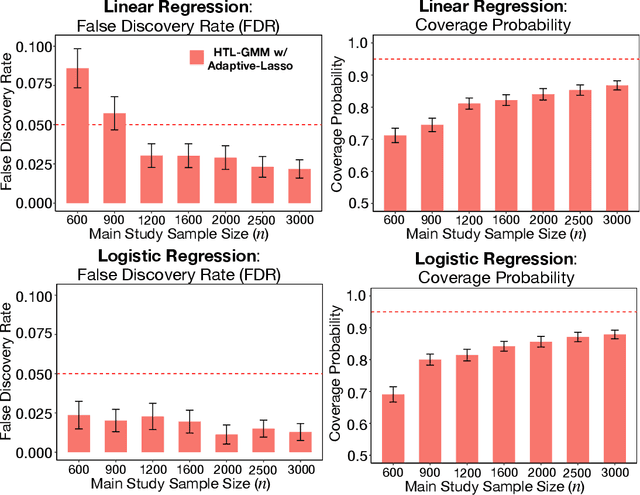
Abstract:Development of comprehensive prediction models are often of great interest in many disciplines of science, but datasets with information on all desired features typically have small sample sizes. In this article, we describe a transfer learning approach for building high-dimensional generalized linear models using data from a main study that has detailed information on all predictors, and from one or more external studies that have ascertained a more limited set of predictors. We propose using the external dataset(s) to build reduced model(s) and then transfer the information on underlying parameters for the analysis of the main study through a set of calibration equations, while accounting for the study-specific effects of certain design variables. We then use a generalized method of moment (GMM) with penalization for parameter estimation and develop highly scalable algorithms for fitting models taking advantage of the popular glmnet package. We further show that the use of adaptive-Lasso penalty leads to the oracle property of underlying parameter estimates and thus leads to convenient post-selection inference procedures. We conduct extensive simulation studies to investigate both predictive performance and post-selection inference properties of the proposed method. Finally, we illustrate a timely application of the proposed method for the development of risk prediction models for five common diseases using the UK Biobank study, combining baseline information from all study participants (500K) and recently released high-throughout proteomic data (# protein = 1500) on a subset (50K) of the participants.
A Simple Change Comparison Method for Image Sequences Based on Uncertainty Coefficient
Oct 14, 2018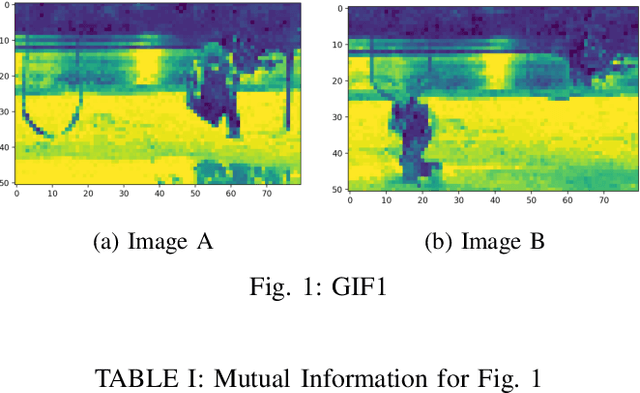
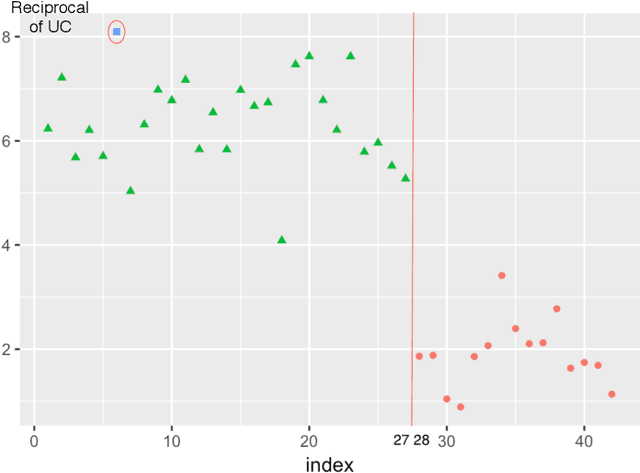
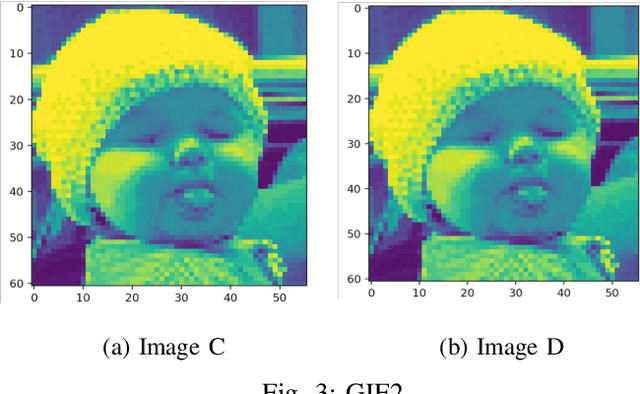

Abstract:For identification of change information in image sequences, most studies focus on change detection in one image sequence, while few studies have considered the change level comparison between two different image sequences. Moreover, most studies require the detection of image information in details, for example, object detection. Based on Uncertainty Coefficient(UC), this paper proposes an innovative method CCUC for change comparison between two image sequences. The proposed method is computationally efficient and simple to implement. The change comparison stems from video monitoring system. The limited number of provided screens and a large number of monitoring cameras require the videos or image sequences ordered by change level. We demonstrate this new method by applying it on two publicly available image sequences. The results are able to show the method can distinguish the different change level for sequences.
 Add to Chrome
Add to Chrome Add to Firefox
Add to Firefox Add to Edge
Add to Edge